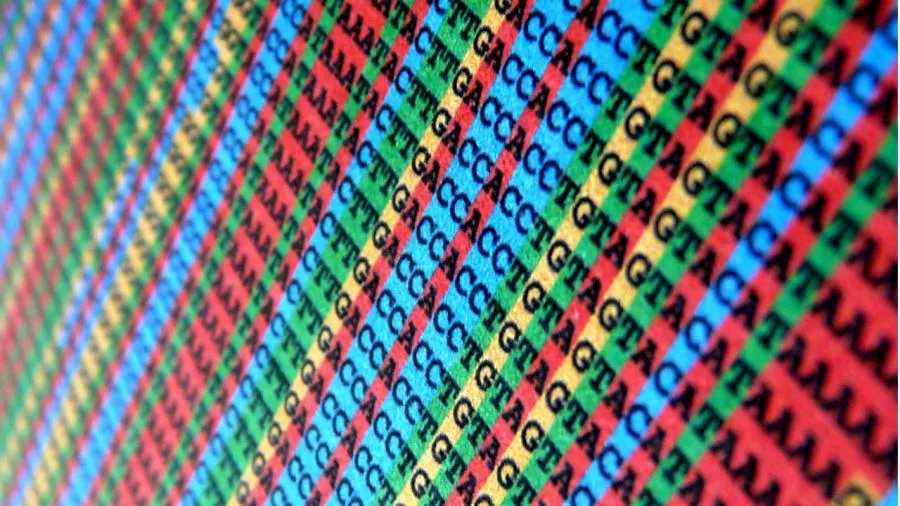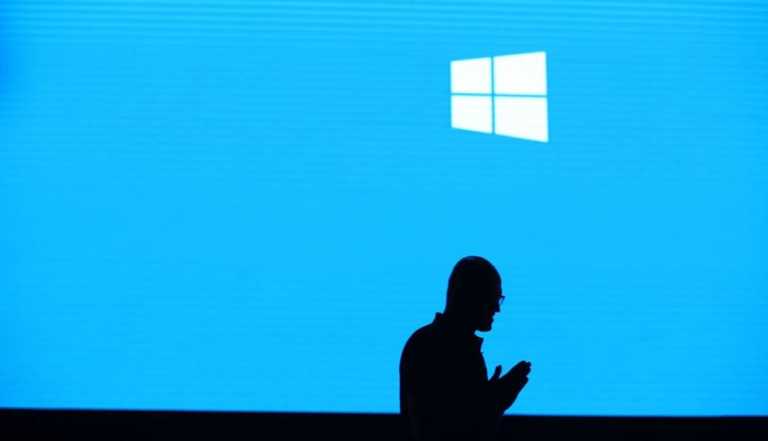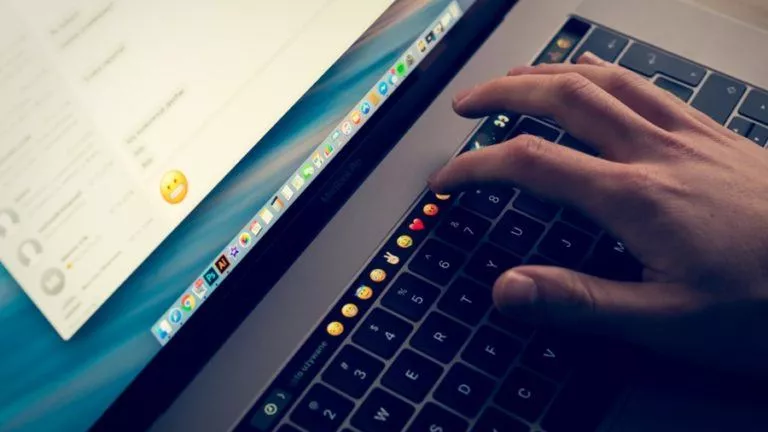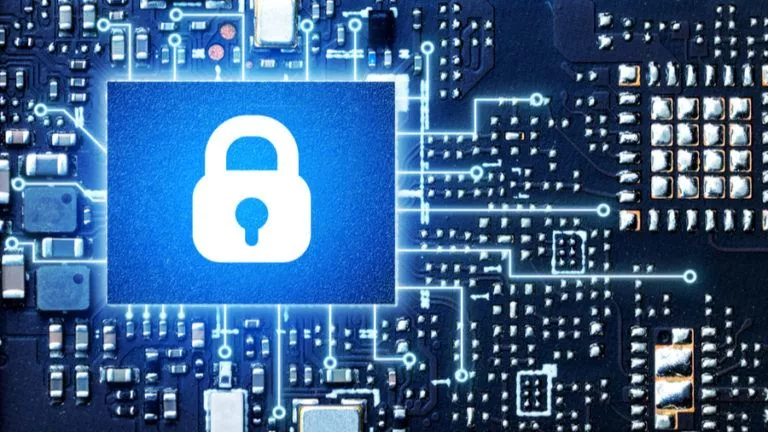DNA Hacking: Malicious Code Written Into A DNA Strand Can Hack A Computer

Short Bytes: In a strange first, the researchers at the University of Washington have found a way to infect DNA strands with malicious code while DNA sequencing. When such an infected DNA interacts with a computer, the code could hack that system and take control. While hackers won’t be able to use such flaws in near future, it’s interesting to note such possibilities.
A big revolution in genomic sciences is taking place currently as the researchers are looking to find new ways to store data using DNA and improve the existing techniques of DNA sequencing. As a result, the biological and electronic worlds are beginning to influence each other.A recent study has went one step further and tried to underline the security risks involved in these process. The researchers have shown that hackers can use DNA to write malicious code and affect the machine reading it.
The research was carried out at the University of Washington. For the first time, it was shown that when a gene sequencer analyzes the malicious code encoded in the physical strands of DNA, the resulting data turns into a program that corrupts gene-sequencing software.
In a paper, the researchers have outlined their technique. They started their security analyses from the first step of the DNA processing, i.e., DNA strands in a tube. They experimentally evaluated that after sequencing and post-processing, the generated file was used as an input into a vulnerable program. After that, the file yielded an open socket for remote control.
It should be noted that the exploit created by the researchers didn’t target any specific program used by biologists; rather it targeted a modified program with known vulnerability.
“As these molecular and electronic worlds get closer together, there are potential interactions that we haven’t really had to contemplate before,” said Luis Ceze, a co-author of the study.
Talking about the applications, an existing DNA strand can be contaminated using a malicious DNA. In another scenario, as different DNA samples are often sequenced together, errors in a sequencing process could cause the malicious data in a DNA to end up in other people’s data.
In present scenario, without a doubt, the possibility of this sci-fi hacking attack is distant. However, it’s important to take a note of such future possibilities and introduce necessary security mechanisms.
Did you find this story on DNA hacking interesting? Don’t forget to share your views with us.
Also Read: Terabytes Of Sensitive Data Of Fortune 1000 Companies Accidentally Leaking Due To This “Feature”






